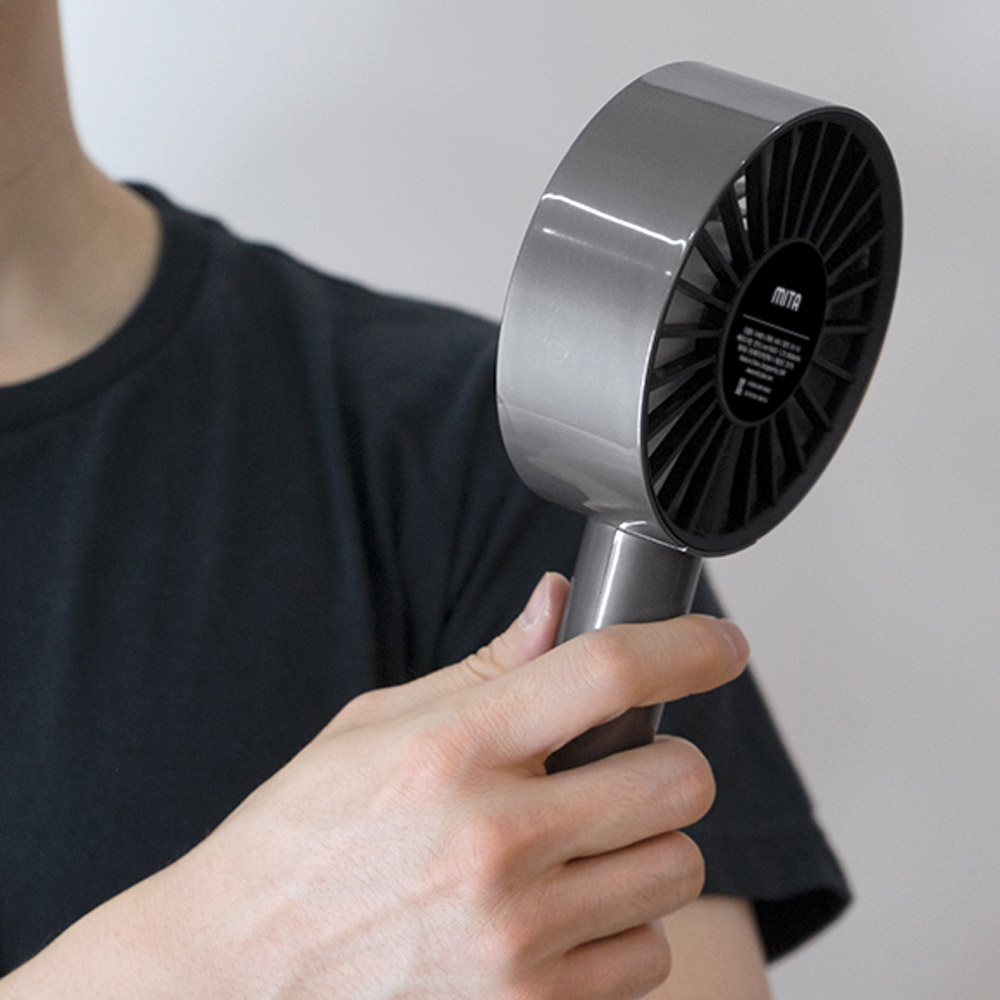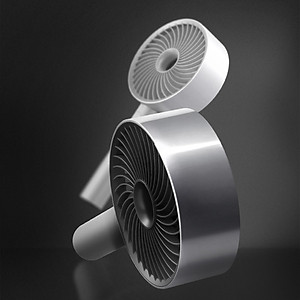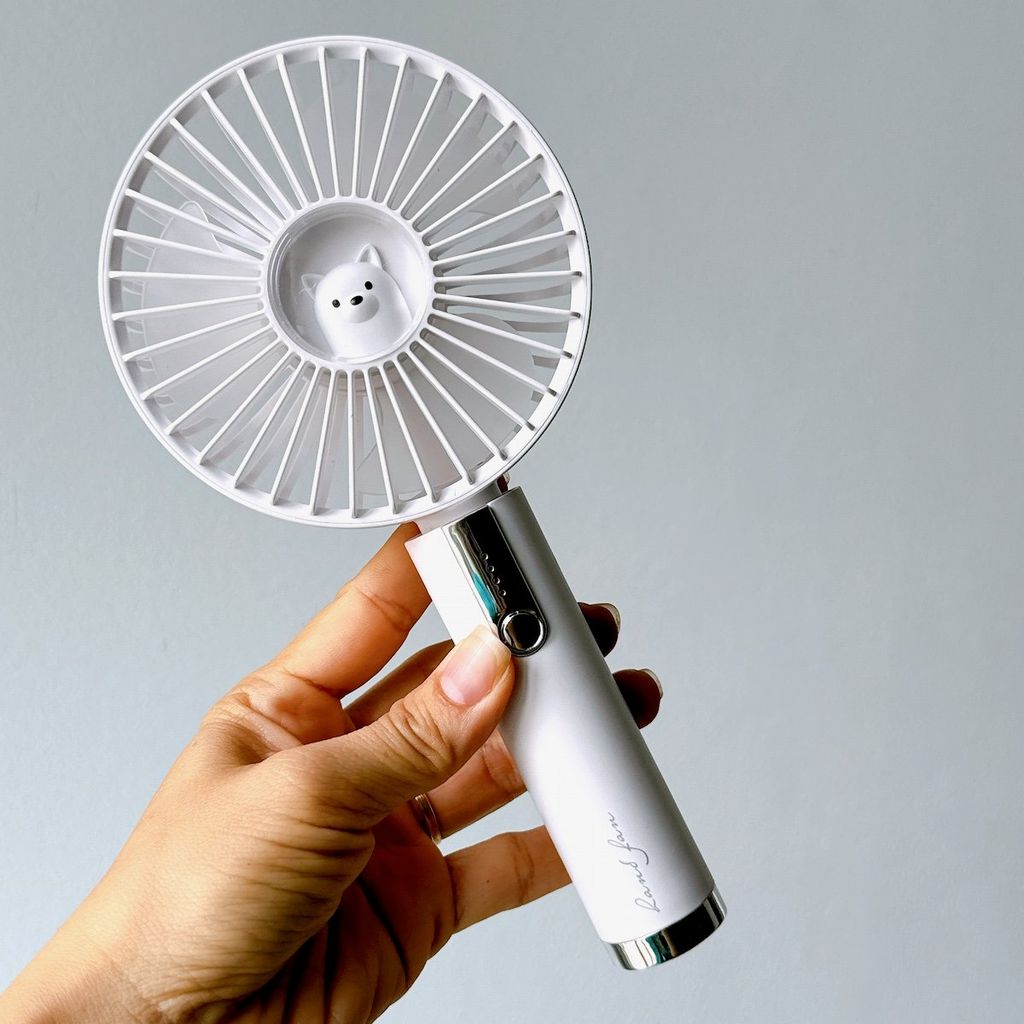Vietnam's Ascent as a Global Hub for iPhone Fast Charger Manufacturing
.
Vietnam's Ascent as a Global Hub for iPhone Fast Charger Manufacturing
In the electrifying race of global electronics production, Vietnam has emerged from a peripheral player to a central powerhouse, particularly in the manufacturing of high-tech accessories. The nation’s expertise in producing iPhone fast chargers stands as a compelling case study of this remarkable transformation. Once a domain dominated by a few key players, the fast-charging industry is now witnessing a seismic shift, with a growing number of international brands and local companies alike choosing Vietnam as their primary production base. This article delves into the intricate ecosystem of manufacturing iPhone fast chargers in Vietnam, exploring the technological prowess, stringent quality controls, and strategic advantages that have propelled the country to the forefront of this highly competitive market.
The modern smartphone user demands speed and efficiency, and nowhere is this more apparent than in the necessity for rapid power delivery. Fast charging technology, which allows a device to charge to 50% or more in a matter of minutes, has become a standard feature on premium smartphones. For Apple's iPhone and iPad, this technology is powered by USB Power Delivery (PD), a protocol that enables devices to negotiate a higher voltage and current with a compatible charger. Manufacturing a reliable and safe PD-enabled charger is far more complex than producing a conventional one. It requires sophisticated circuitry, robust safety features, and a deep understanding of power management. This is where Vietnamese manufacturers have truly distinguished themselves, demonstrating the capability to handle this complexity with precision and excellence.
The Anatomy of a Fast Charger: A Journey from Concept to Product
The manufacturing process for an iPhone fast charger in Vietnam is a marvel of modern engineering, a meticulously orchestrated sequence that begins long before a single component is assembled. It starts with research and development (R&D), where engineers design the internal architecture of the charger. The heart of the device is the smart charging circuit board, a complex piece of technology that contains a variety of components, including a power controller IC (integrated circuit), rectifiers, and capacitors. The design must be optimized not only for performance—to efficiently convert AC power from the wall socket to the DC power required by the iPhone—but also for safety, with built-in protections against over-voltage, over-current, short-circuiting, and overheating.
A significant trend in modern fast charger manufacturing is the adoption of Gallium Nitride (GaN) technology. Unlike traditional silicon-based transistors, GaN components are more efficient, generate less heat, and can be packed more densely. This allows manufacturers to produce powerful chargers that are significantly smaller and lighter than their conventional counterparts. Vietnamese factories are at the cutting edge of this transition, investing in the machinery and expertise required to work with GaN technology, which is a testament to their commitment to staying ahead of the curve.
Once the circuit board design is finalized, the component sourcing begins. Manufacturers in Vietnam have access to a global network of suppliers for high-quality raw materials and electronic components. This includes semiconductors, transformers, capacitors, and the plastic polymers for the outer casing. The quality of these materials is rigorously vetted to ensure they meet international safety standards, especially those related to flame resistance and durability.
The assembly phase is a highly automated and precise operation. The circuit board is populated with components using sophisticated Surface-Mount Technology (SMT) machines, which can place thousands of tiny parts onto a board with incredible accuracy. After the components are soldered, the board is encased in a protective plastic shell. This process is often semi-automated, with skilled technicians overseeing the final assembly and quality checks. The final touch involves the printing of logos and product information onto the casing, a critical step for branding and market compliance.
The Pillar of Trust: Quality Control and Global Certifications
In the world of electronics, a product is only as good as its quality control. For a device like an iPhone fast charger, which directly handles electricity and is in contact with a user’s valuable phone, safety is paramount. Vietnamese manufacturers have built their reputation on a steadfast commitment to stringent quality assurance. Every charger produced undergoes a series of exhaustive tests to ensure it is safe, reliable, and performs as advertised.
The testing process begins with an electrical performance check. This involves measuring key parameters like output voltage, current, and ripple noise to ensure they fall within the specified range. Chargers are tested under various load conditions to simulate real-world usage and guarantee consistent performance. Safety tests are even more rigorous. Chargers are put through high-voltage insulation tests to check for any risk of electrical shock. They are also subjected to overload and short-circuit protection tests to verify that their internal safety mechanisms function correctly. The thermal performance is also monitored to ensure the charger does not overheat during prolonged use.
Beyond in-house testing, a key differentiator for high-quality Vietnamese manufacturers is their adherence to international certification standards. The CE mark (Conformité Européenne) is a mandatory conformity marking for products sold within the European Economic Area, signifying that the product meets health, safety, and environmental protection standards. The RoHS directive (Restriction of Hazardous Substances) restricts the use of specific hazardous materials, such as lead and mercury, in electronic products, a crucial step for environmental responsibility.
For Apple-specific products, some manufacturers also seek the MFi (Made for iPhone/iPad/iPod) certification. This is a licensed program that ensures products are fully compatible with Apple devices and meet Apple’s stringent performance and safety standards. Achieving MFi certification is a significant undertaking that requires a manufacturer to submit their product designs and prototypes to Apple for a rigorous review. For a factory in Vietnam to earn this certification is a powerful endorsement of its technical and quality capabilities, setting it apart from countless unauthorized producers.
Vietnam's Strategic Advantage in a Global Supply Chain
Vietnam's rise as a fast charger manufacturing hub is no accident; it is the result of a deliberate combination of economic factors and strategic advantages. One of the most significant assets is its skilled and disciplined workforce. The country has a young, tech-savvy population and a growing number of technical and engineering graduates who are well-versed in modern manufacturing techniques. This provides a stable and reliable labor pool for companies operating in the high-tech sector.
The cost-effectiveness of manufacturing in Vietnam is another major draw. While labor costs have been increasing, they remain competitive compared to traditional manufacturing powerhouses. Furthermore, the Vietnamese government has implemented policies to attract foreign direct investment, including tax incentives and streamlined administrative procedures for setting up and operating factories. This business-friendly environment has encouraged both multinational corporations and local entrepreneurs to invest in the country.
Vietnam's geographical location also plays a crucial role. Situated in the heart of Southeast Asia, it provides easy access to key markets across the region and beyond. Its extensive network of ports and improved infrastructure facilitate the efficient export of goods to destinations worldwide, reducing logistics costs and time. The country's stable political environment further provides a sense of security for businesses, making it a reliable partner in a global supply chain that is increasingly seeking to diversify.
Future Prospects and Challenges
While the outlook for iPhone fast charger manufacturing in Vietnam is overwhelmingly positive, the industry is not without its challenges. Intense global competition, particularly from other Southeast Asian nations, requires continuous innovation and investment in technology to maintain a competitive edge. Supply chain disruptions, as seen in recent years, also highlight the need for greater resilience and diversification.
However, the opportunities for growth are vast. As more devices adopt fast-charging protocols and as new technologies like GaN become mainstream, the market for compact, high-efficiency chargers will continue to expand. Vietnamese manufacturers are well-positioned to capitalize on this trend. They can further strengthen their position by focusing on R&D, building their own brands, and entering new product categories. The country’s ability to move up the value chain—from simply assembling components to designing and engineering sophisticated products—will be the key to its long-term success.
In conclusion, the story of iPhone fast charger manufacturing in Vietnam is a compelling narrative of a nation’s economic ambition and technical capability. By mastering the complexities of high-tech production and committing to the highest standards of quality and safety, Vietnamese companies have proven that they are more than capable of competing on the global stage. As the demand for powerful and efficient charging solutions continues to grow, Vietnam’s role as a vital player in this industry will only become more pronounced, cementing its reputation as a true powerhouse in the world of electronics.
Vietnam's Ascent as a Global Hub for iPhone Fast Charger Manufacturing















